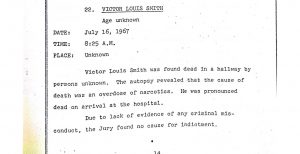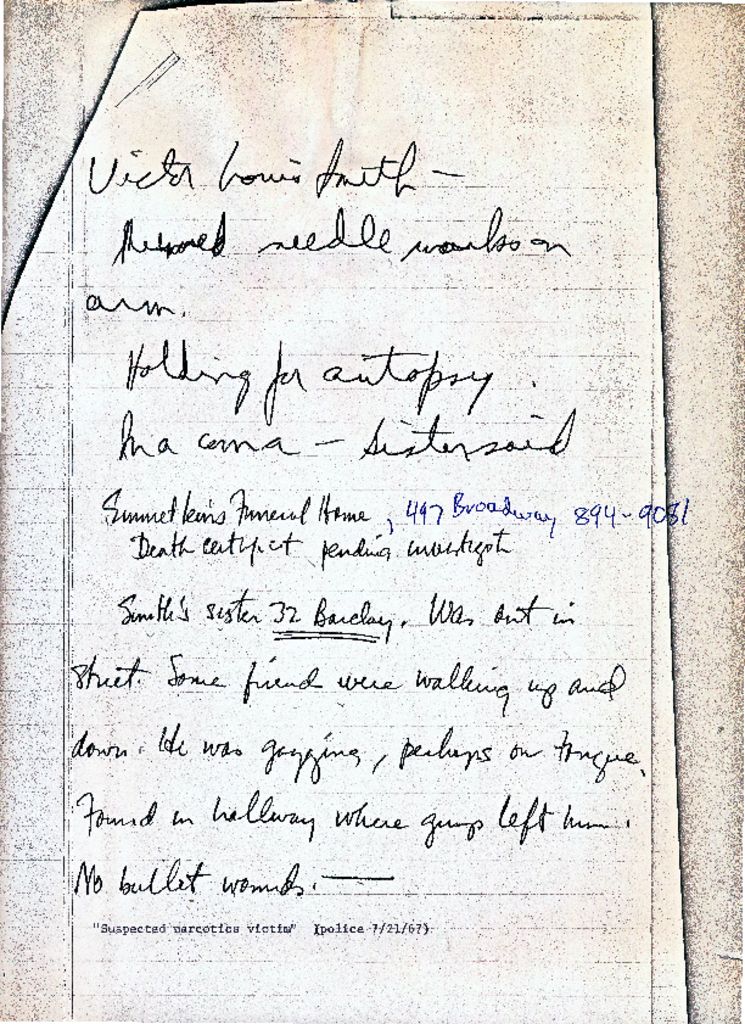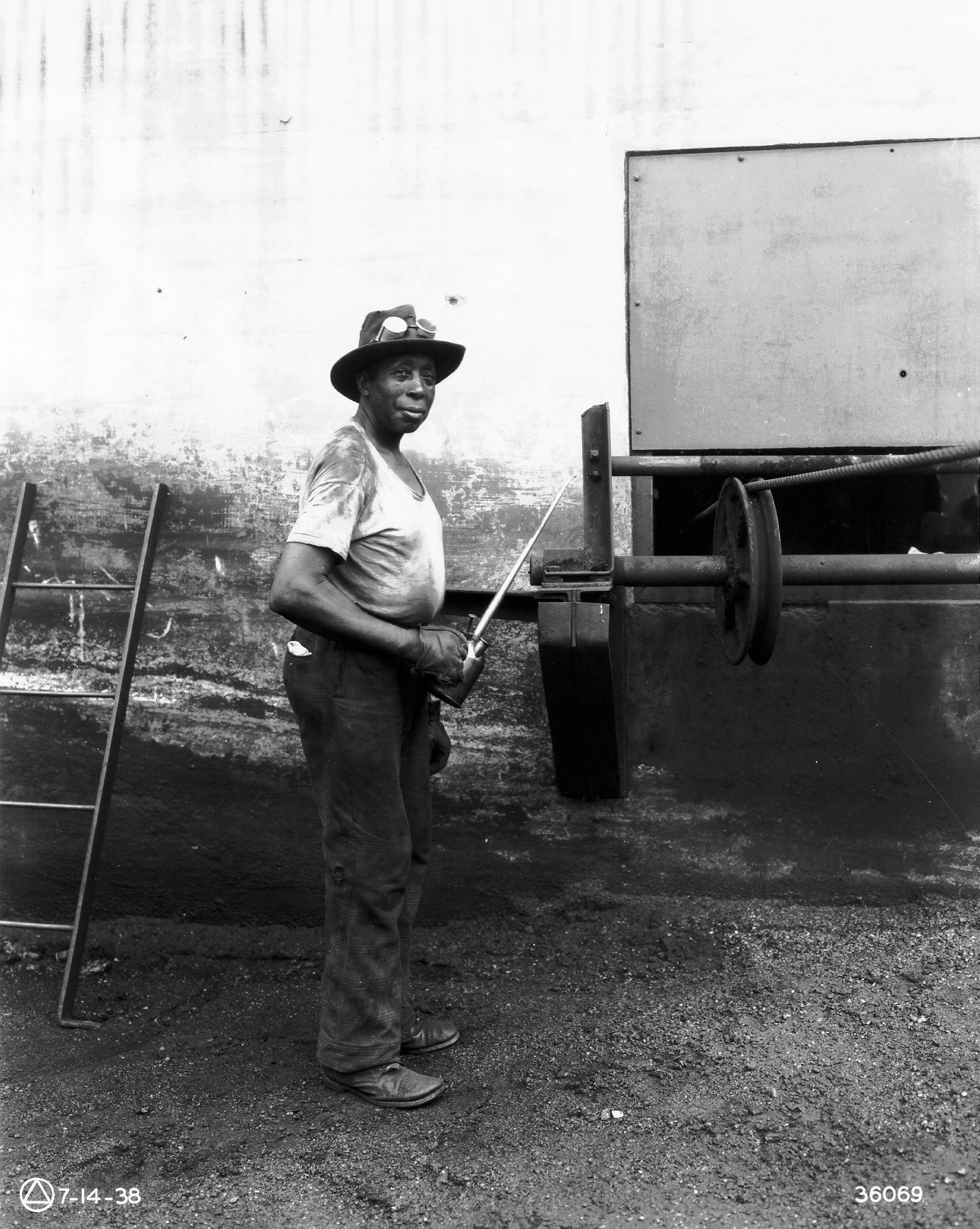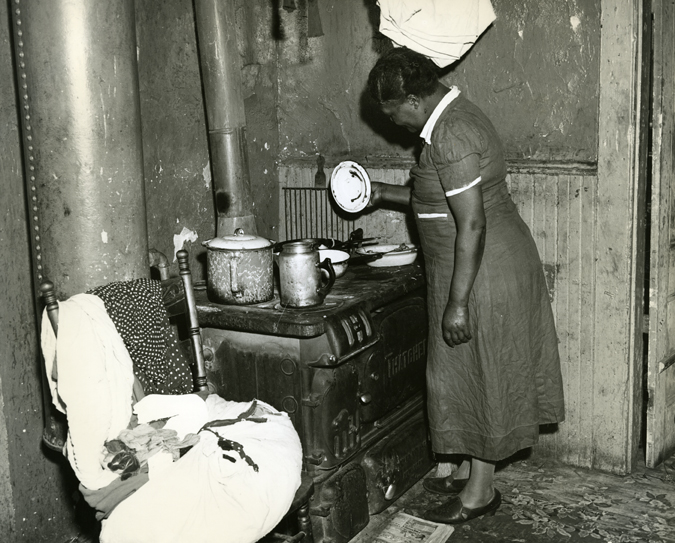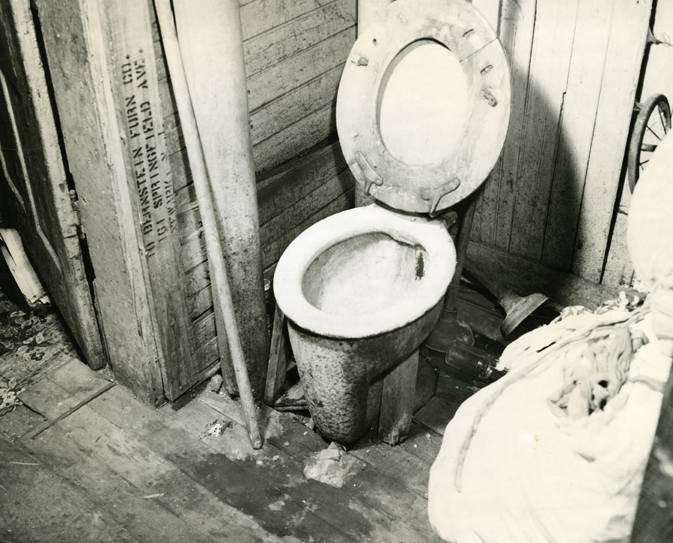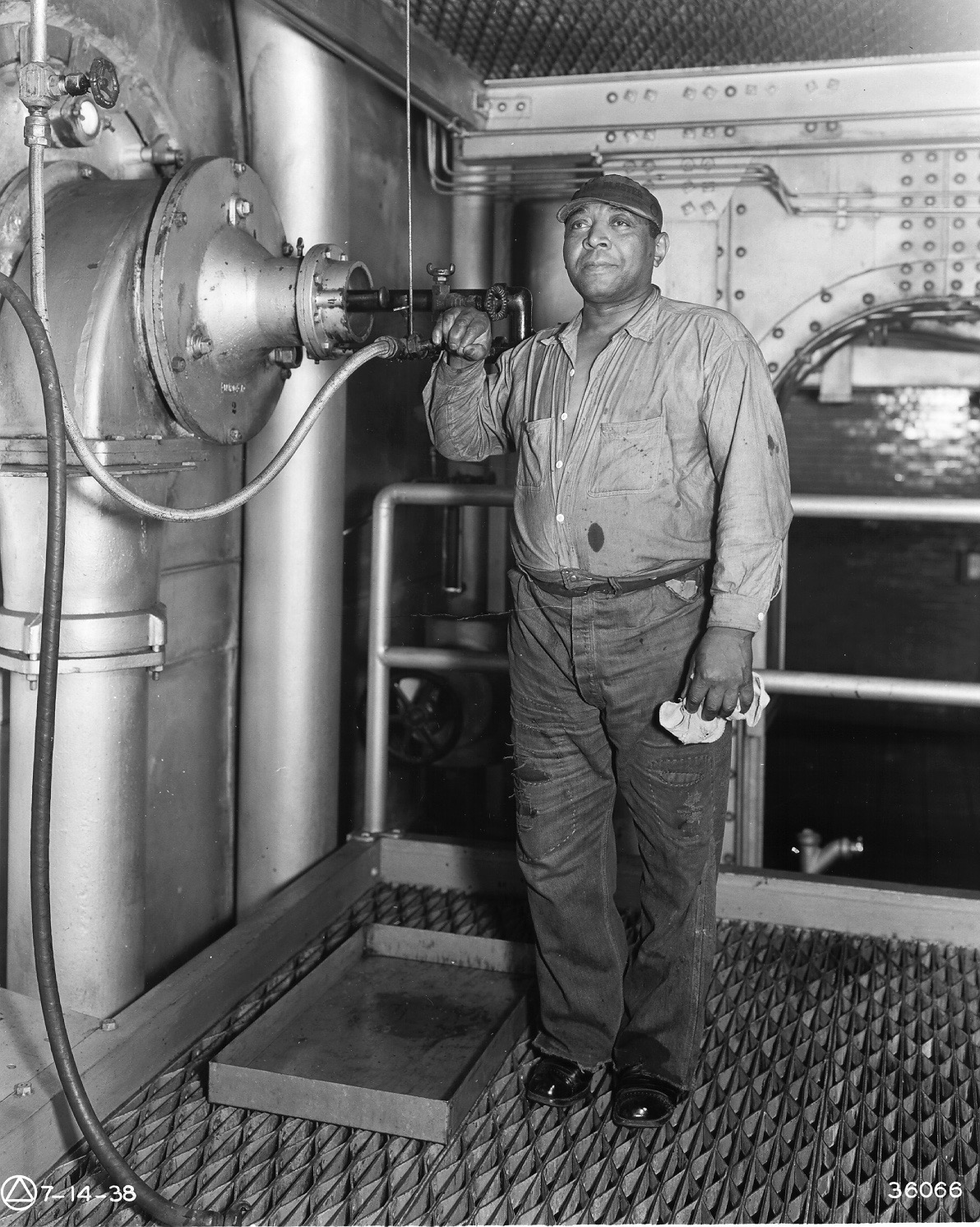Who’s Coming In, Who’s Going Out?
World War II kicked off the second Great Migration, as African Americans from the South sought better living conditions in Newark and other cities. Between 1940 and 1950, the African American population of Newark increased from 45,760 to 74,965—growing from 10.7% to 17.2% of the city’s total population. In many ways, this population influx marked a tipping point for recognition.
For most of Newark, the depression ended. “Help wanted “ signs went up. But African Americans could not always find a job. The New Jersey Afro-American wrote in 1941 that while contracts for nearly a billion and a half dollars in government defense orders have been placed with firms in New Jersey, the Urban League finds that these firms have steadfastly refused to hire colored workers.”
————
“Help wanted “ signs went up. But African Americans could not always find a job.
————
But some African Americans did find employment. Jobs for blacks in the Newark defense workforce improved from 4% in 1942, to 8.8% in 1943. With the overall economy booming, Newark’s downtown stores began hiring some African Americans as elevator operators and janitors. Large restaurants hired blacks as chefs, cooks and waiters—they could work, but not sit down to eat. The war years helped enhance the prospects of some, while still denying prosperity for the many.
Whites Begin to Leave
Around 1947, the white middle class started deserting Newark for the suburbs, along with the businesses that sustained them. The post World-War II boom was good for businesses for a while, but factories, schools, and streets had been neglected during the war. Overcrowding was a problem, especially in the ghettos. These conditions made the suburbs very attractive as alternatives to Newark.
The G.I. Bill of Rights and FHA loans made it easier for whites to buy a house, and brand new highways built by the federal government with taxpayers’ dollars made it easier to drive those new automobiles to the suburbs, in Essex County and further west. These same mortgages were unavailable to most African Americans; and most suburbs were off limits.
————
These same mortgages were unavailable to most African Americans; and most suburbs were off limits.
————
But Newark’s heterogeneous ethnic character remained intact in the early and mid-1950s. Newark was described as follows by writer Joseph Conforti:
The Germans had given way to the Irish who in 1950 shared political power with an Italian and a Jew. The ethnic division of the city could also be observed less directly. Many occupations were ethnically identifiable: the police and fire departments were overwhelmingly Irish; the construction trades were Italian; the merchants were largely Jewish, the small luncheonettes were Greek, the large businesses were owned and operated by WASPs, skilled craftsmen were likely to be German, and the factory operatives were Irish, Polish and Italian. Even the city’s taxicabs had ethnic identifications…yellow cabs were operated by the Irish, 20th Century cabs by Jews, Brown and White cabs by Italians, and Green cabs by blacks.
Newark’s Changing Demographics
Ghettoization continued in Newark. By 1940, the Third Ward (today’s Central Ward) alone contained more than 16,000 black residents. By 1944 nearly one third of the apartments and housing in the black areas were below the standards of minimum decency. Some houses still had outside bathrooms.
The slums were among the worst in the nation. The situation was particularly grim for African Americans, clustered on “the hill” just west of the Essex County Court House. Public Housing did not help a lot. There were 7 low-income projects finished before the war, but by 1946, there were 2,110 white families and only 623 black families in the buildings. Four of the projects housed no black people. The best low-rise public housing, such as Bradley Court, was reserved for whites; while the poorest units, such as F.D.R. Homes, were reserved for blacks. Ultimately, the majority of African Americans were steered into the growing number of high rise public housing which just happened to be built in the center city where black people had been confined beginning at the turn of the 20th century.
————
Four of the projects housed no black people.
————
The 1950 Census showed the trend in population increases for blacks, and decrease by whites. Newark’s total population rose only slightly from 429,760 in 1940 to 438,776 in 1950. Black residents had increased from 45,760 to 74,965—more than a 60% increase. When newspapers took a look at the faces of misery, increasingly they were black.
Even though the city began hemorrhaging jobs (250 manufacturers left between 1950-60; 1,300 manufactures left during the 1960s), the more dramatic change in the city’s socioeconomic structure was the rapidly changing composition of the city’s population.
African Americans were rapidly become politically and economically obsolete in a city where they would soon be in the majority. Segregation and discrimination by race and class defined Newark’s offering to the city’s newest immigrants.
Listen to the people speak about their experiences as newcomers to Newark below…
